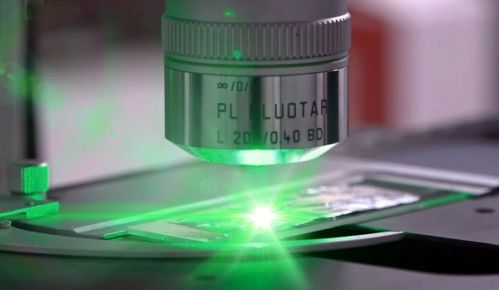Researchers from the National Research Council’s Institute of Photonics and Nanotechnologies (IFN-CNR), Politecnico di Milano, Columbia University in New York, and Stanford University, has successfully developed a new wide-field FT Raman microscope thanks to the implementation of common-path birefringent interferometer.
In their study, the researchers introduce a compact “wide-field” Raman microscope based on a time-domain Fourier transform approach. This groundbreaking technique allows parallel acquisition of Raman spectra from all points of the field of view. By utilizing a highly stable and reproducible birefringent interferometer, rapid Raman mapping (approximately 30 minutes for a 250,000-pixel image) with high spatial resolution (below 1 µm) and spectral resolution becomes achievable.
Moreover, the time-domain detection enables the separation of Raman and fluorescence signals, allowing for detailed study of both phenomena on the same sample. Additionally, this separation mitigates excessive fluorescence signals, which often impede thorough Raman analysis.
The innovation behind the birefringent interferometer, patented by IFN-CNR and Politecnico di Milano, will be also incorporated into the system developed within the TROPHY project. This significant advancement promises to enhance the project’s capabilities, offering new opportunities for scientific exploration and analysis.
For more information, please refer to the published article: (https://doi.org/10.1364/OPTICA.488860)

